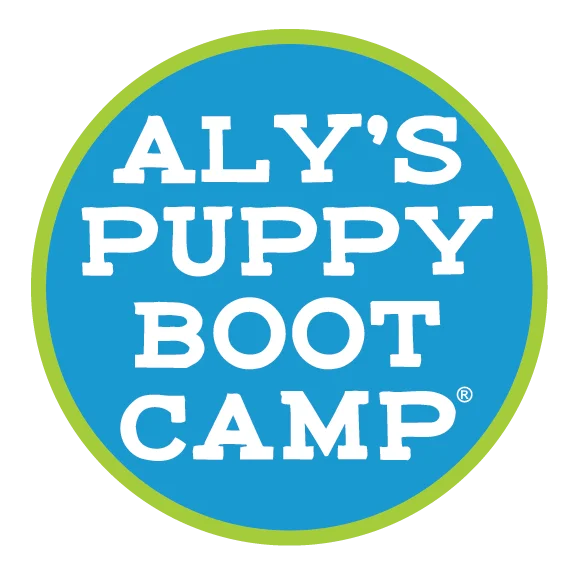We’ve all seen it or lived it. The dog who barks for attention, bolts through doorways, or insists on sleeping anywhere but their own bed. And while some might smile and call that “cute,” here’s the truth: a spoiled dog isn’t a happy dog. It’s usually a stressed one.
Let’s dive into what spoiling really means, why it leads to impulsive dog behavior, and what you can start doing today to build a more balanced, respectful relationship with your dog.
Spoiled Isn’t About Love, It’s About Lack of Structure
You can love your dog with your whole heart and still raise them right. But spoiling happens when affection replaces leadership. When a dog gets too much freedom, too many choices, and too little guidance, chaos follows.
In my world, a spoiled dog is one who:
- Makes most of the decisions in the home
- Is given affection without boundaries
- Gets freedom they haven’t earned
- Lacks consistent structure and expectations
This creates confusion. And confusion creates stress. Spoiling isn’t about too much love. It’s about too little leadership.
Maturity Isn’t About Age
Dog owners often say, “But he’s two! Shouldn’t he know better by now?”
Let’s clear this up: dog maturity vs age are not the same thing. Maturity isn’t automatic. It’s the result of structure, repetition, and leadership. I’ve met five-month-old pups with more impulse control than six-year-old dogs.
Impulsive dog behavior doesn’t disappear with age—it disappears with training. Just like with kids, dogs need guidance, not guesswork. And that guidance has to be earned with consistency, not assumed by age.
Why Too Much Freedom Feels Like Pressure
One of the biggest misconceptions I see is the belief that freedom = happiness. But for many dogs, freedom too soon equals stress.
Picture this: a dog with full access to windows, open doors, unsupervised house privileges. It looks dreamy from the outside. But inside? That dog is managing too much. Barking at every passerby. Following every noise. Feeling the weight of control they weren’t meant to carry.
Without structure, your dog will fill in the gaps—and usually not in a way that works well for either of you.
Structure Builds Calm and Clarity
Structure isn’t punishment—it’s permission. It gives your dog the safety of knowing what comes next and how to succeed.
That’s why I’m a huge advocate of crate training. Not because dogs should be confined forever—but because the dog crate training benefits are real:
- Builds impulse control
- Supports potty training
- Helps regulate overstimulation
- Creates a safe space for rest
Crate time isn’t a timeout. It’s a security blanket for a dog that’s still learning. Just like you wouldn’t leave a toddler alone in the house, don’t leave a young or under-trained dog to “figure it out.”
Freedom Is a Paycheck
Think of freedom as your dog’s paycheck. It’s earned—not handed out because they’re cute.
Off-leash privileges? Earned. Roaming the house while you’re gone? Earned. Greeting guests calmly without a leash? Earned.
Every dog can earn those things in time. But giving freedom before a dog is ready sets them up to fail—and erodes your leadership in the process.
A Real-Life Reminder: Mila’s Story
One of my favorite clients, Mila, was a total rockstar. Obedient. Polite. Practically passed the AKC Canine Good Citizen test in her sleep. Her family decided to give her full access to the house while they were away.
Within days? Accidents. Out of nowhere. Quiet, subtle stress manifested in the only way she knew how—by peeing inside.
The solution wasn’t more potty breaks. It was more structure. Once her family brought the crate back during alone-time, the accidents disappeared. Because Mila didn’t need more space—she needed more clarity.
What You Can Start Today
If your dog is showing signs of being spoiled—don’t panic. And don’t blame yourself. Just start here:
- Clip the leash on inside. Yes, even in the house.
- Reinforce boundaries with baby gates or Place commands.
- Reward calm behavior. Interrupt chaos.
- Reinstate crate time for rest and reset.
The goal? Small, daily wins. These rituals lay the foundation for a calm, confident dog who knows how to handle freedom when it comes.
Inside Aly’s Academy, You’ll Learn the Tools That Make This Possible
Want step-by-step help? Inside Aly’s Academy, I walk you through exactly how to teach your dog calmness, leash work, Place, and real-life boundaries. From everyday training challenges to mindset shifts, it’s all there.
And if you want a supportive community to ask questions and get feedback, Aly’s Insider Community is full of dog owners on the same journey.
We talk about it all—crate wins, leash struggles, overexcited greetings, and yes, how to un-spoil a spoiled dog.
Final Thought: Love Big. Lead Boldly.
Every dog deserves affection. But they also deserve clarity, structure, and a leader they can trust.
Because here’s the truth: a spoiled dog isn’t free—they’re stressed. When you show up consistently and lead with calm, your dog doesn’t just behave better. They feel better.
Want a calm dog who follows your lead? Don’t give them freedom. Help them earn it.
Let’s build that calm together.
Warm wags and blessings,
Aly
